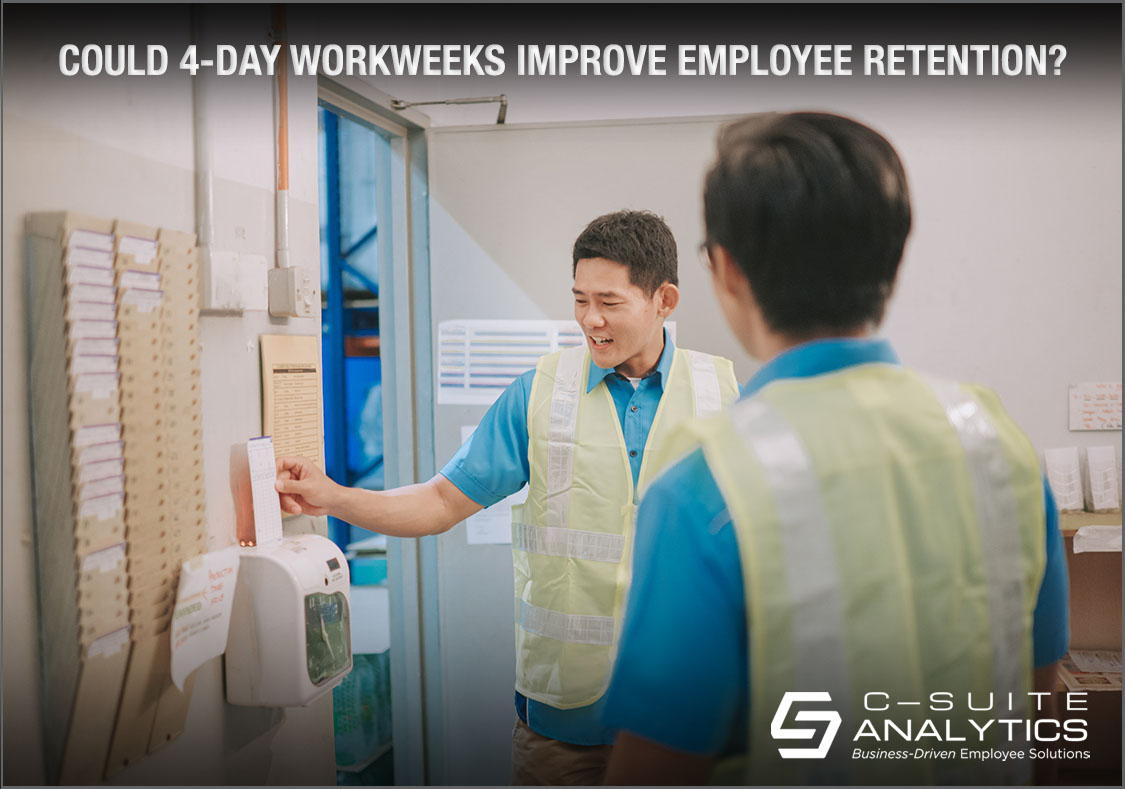According to the National Education Association, a full 600,000 teachers have already left teaching since January 2020, and a recent NEA poll indicated 55% more will quit prematurely. So, teachers are fast becoming a very talented recruiting pool.
How Important is Turnover to Your CEO?

We met recently with the top HR team for a major call center corporation. During the meeting we heard there is no reason to conduct a turnover cost study because both the CEO and CFO get it, that turnover is very important to our business.
How Would Your CEO Rate Employee Turnover as a Priority?
“Very important” is easy to say…and easy to see. Smart executives know that quality and productivity goals cannot be attained if every day the focus is on training new employees or chasing-your-tail recruiting. But the question is precisely how much does employee turnover impact every other productivity goal?
This question applies to all CEOs, CFOs, and all industries. How do we know how much turnover impacts every single aspect of our businesses? The answer to this question is critical because each organization determines how committed it is to cutting turnover. Is cutting turnover important, very important, a top-5 metric, or THE top metric? Sometimes these commitments are known goals, sometimes not, but the executive team’s actions always spell out the prevailing opinion.
Six Ways CEOs and Executive Teams View Employee Turnover
There are six most common positions executive team’s take regarding how much they understand the dollar value of employee turnover.
Position #1: Rush Hour Traffic: The Least Effective & Laziest Position for Turnover
This is the viewpoint that is akin to controlling rush-hour traffic, meaning we accept the problem rather than solve it, and the top executives are armed with plenty of excuses for their unwillingness to act.
Position #2: Benchmarks Bring Absurd, False Comfort for Turnover’s Real Impact
Competitor benchmarks are useful tools for productivity, quality, and even various revenue metrics, but for turnover and engagement they are junk. Few organizations know how to actually improve the metrics and some are delighted to be average because they don’t want to spend money to score higher.
Position #3: Turnover Costs One Times Annual Salary
The Society for Human Resource Management (SHRM) and other providers have established conclusions like this, but the problem is your CEO and CFO often won’t believe them because they are not sourced through business organizations and often lacks credibility in their eyes.
Position #4: Measuring Turnover’s Cost, Job by Job
First, use a turnover cost calculator that can be applied generically to all jobs. It must measure the easy part…costs to remove one employee and replace with another…and the hard part… the lost productivity while the job is open and a new hire ramps up.
My decades of experience reveal that the costs of recruiting, hiring, onboarding, and training are higher than we assume, yet the lost productivity costs are exponentially higher. I developed a cost calculator for measuring these costs that you can access for free from our home page.
Second, is to include your CFO in your calculations (or a finance rep assigned by your CFO). Finance people own data and they might have some that improves your calculation. Plus, any cost study you do will have the strength of the CFO behind it.
Position #5: The Wake-Up Call of Company-Wide Turnover Costs
Hearing that losing a nurse costs $46,712 will open the eyes of your executive team. Then hearing that last year’s turnover cost your hospital $12.6 million can cause them to act.
Using the cost calculator and CFO buy-in from Position #4, now is the time to add additional metrics for a more complete picture:
- Group all jobs into six or so similar-cost jobs for turnover based on their similarities of duties, pay, amount of training, and special hiring costs such as hiring bonuses or relocation fees.
- Then conduct a cost study for one job for each group.
- Next assign your resulting cost to all jobs in that group.
- Build an excel spreadsheet or similar tool to assign each job its appropriate cost
- Then for each turnover reporting period, monthly or quarterly, report the total turnover cost for that period.
Now you and your CFO have the power of dollars to bring about change.
Position #6: The Gold Standard Approach to Costing Turnover
Imagine your CFO presenting your organization’s monthly numbers. First comes revenue, then perhaps quality, and on and on. Near the end your CFO says this:
You’ll notice the steep decline in sales and service from our Salt Lake City location. We cannot sustain these losses. If you look at the turnover in Salt Lake City to date, there is no question that employee turnover is driving this failure.
My deeper analysis shows the impact of one salesperson leaving by measuring the lost sales from the time we accept the resignation through the first six months after each newly-hired salesperson comes on board. Let’s call these three stages resignation, open position, and ramp up. Our average revenue loss during these periods over the past year has been $89,247. In other words, losing a salesperson costs us not just the recruiting, hiring, and training costs, but the far greater costs are the lost sales.
I’m not the sales executive, but if I were I’d take a hard look at the overall job performance of the sales manager in Salt Lake City. Our performance there is killing our numbers and we might miss our overall plan goals, and it could be primarily due to employee turnover.
Your CFO then goes on to say…
I’ve done some analyses, too, about turnover’s impact on work quality in our plants as well as whether we are meeting our safety goals. What I am finding is that employee turnover seems to be the key driver of every one of the metrics we study each day. Take a look at slide 34 here…
Getting Your CEO and Executive Team’s Attention on Cost of Turnover
On a scale of 1 to 6, where does your turnover situation rank? The gold standard is being able to cost turnover and have your executive team connect the dots that employee turnover is the greatest driver of every critical company metric.
You Can Cut Turnover by 20% or More, Even During The Great Resignation
Schedule a conversation with me at DFinnegan@C-SuiteAnalytics.com to discuss your employee retention roadblocks and I’ll share ideas for how you can move forward and what is working for other companies to cut turnover by 20% and more, even during The Great Resignation that may benefit you.



